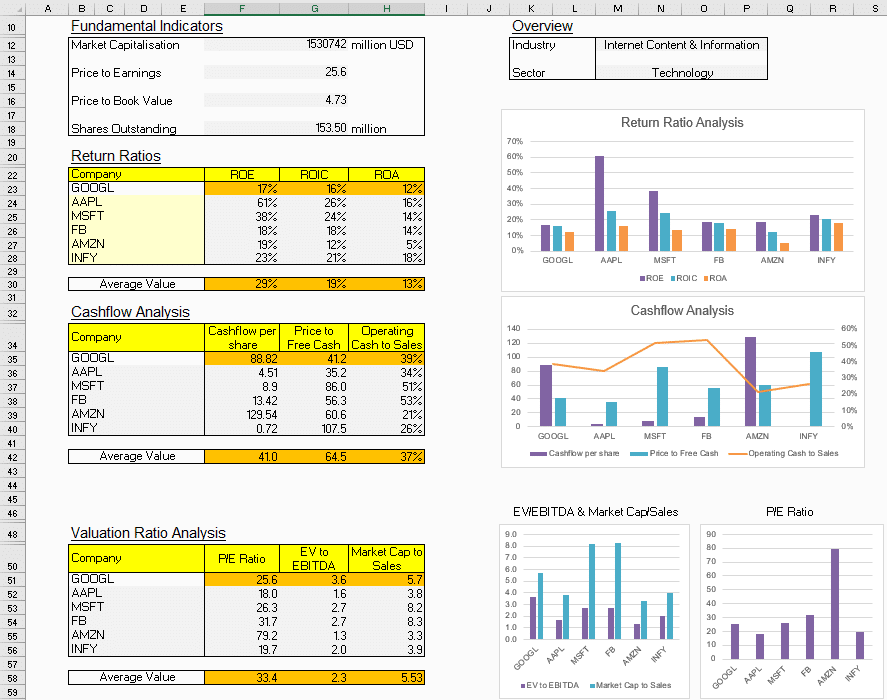Most Important Quantitative Indicators for Stock Success: The Guide to Invest
When it comes to investing in the stock market, there is no surefire way to guarantee success. However, quantitative stock analysis can give investors a collective data-driven approach to stock picking that can improve their chances of finding winning stocks.
This type of analysis relies on historic price data and other financial indicators to identify trends and make predictions about future performance. While no one can say for certain which stocks will go up or down in the future, quantitative analysis can give investors a valuable tool for making more informed investment decisions.
The top 5 quantitative indicators for stock success:
When it comes to stocks, there are a lot of indicators that can be used to measure success. However, not all of them are created equal. Here are five of the most important quantitative indicators that you should keep an eye on for relative valuation model excel:
1. Price-to-earnings ratio: This is the approximate measure of how much investors want to pay for each dollar of a company's earnings. A low P/E ratio indicates that a stock is undervalued, while a high P/E ratio suggests that it is overpriced.
2. Price-to-book ratio: This ratio measures the relationship between a company's stock price and its book value (the value of its assets minus its liabilities). A low P/B ratio indicates that a stock is undervalued, while a high P/B ratio suggests that it is overpriced.
3. Debt-to-equity ratio: This ratio measures the relationship between a company's debt and its equity. It indicates that a company is highly leveraged and may be at risk of financial distress.
4. Earnings per share: This is a measure of a company's profitability. It tells you how much profit a company generates for each share of its stock.
5. Revenue growth: This is a measure of a company's top-line growth. It tells you how much revenue a company is generating on a year-over-year basis.

How to read and understand a quantitative stock report:
When it comes to stocks and investing, there is a lot of specialized language and jargon that can be intimidating for newcomers and the need to download historical stock data into excel. However, with a little bit of knowledge, it is possible to read and understand a quantitative stock report.
- One of the most important things to look at in a quantitative stock report is the company's sales figure. This number represents the total amount of money that the company has brought in through its business activities.
- It is important to note that this figure may not include one-time items such as the sale of property or equipment. The company's earnings figure represents its net profit after expenses have been deducted. This number can be useful in determining whether a company is profitable and how its profitability compares to other companies in its industry.
- Finally, the expense figure shows how much money the company has spent on things like wages, raw materials, and overhead costs.
By understanding these key numbers and excel real time stock data, investors can get a better sense of a company's financial health and performance.
Endnote:
These are just a few of the most important quantitative indicators that you should keep an eye on when you're trying to find successful stocks. While no single indicator can guarantee success, paying attention to these indicators can give you a better chance of finding winning stocks.
